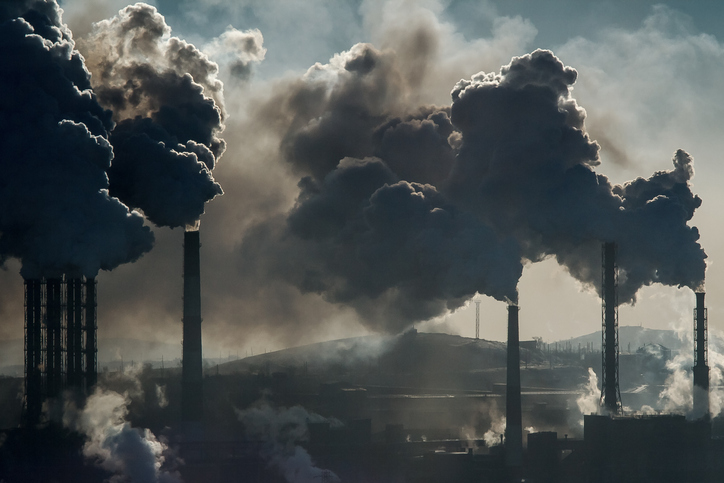The study published in Environmental Health Perspectives found that no matter which of the main types of air pollutants you look at, people of color are breathing more of it. The study expands a body of evidence showing that African Americans, Hispanics, Asians, and other people of color are disproportionately exposed to a regulated air pollutant called fine particulate matter. The findings have serious public health implications–exposure to fine particulate matter can cause lung and heart problems, especially for those with chronic disease, younger people, older people, and other vulnerable populations.
The authors found racial-ethnic disparities for nearly all major emission categories. White people are exposed to lower-than-average concentrations from emission source types, causing 60 percent of overall exposure. In contrast, people of color experience greater than average exposures from source types, causing 75 percent of overall exposure. The disparity generally held across states and urban and rural areas and occurs for people at all income levels.
In other words, the study found that race appears to be an important factor for exposure in nearly all regions.
“We find that nearly all emission sectors cause disproportionate exposures for people of color on average,” said co-author Julian Marshall, a professor of civil and environmental engineering at the University of Washington. The authors noted in the paper that because of a legacy of housing policy and other factors, racial-ethnic exposure disparities continue to persist despite a decrease in overall exposure.
“The inequities we report are a result of systemic racism: Over time, people of color and pollution have been pushed together, not just in a few cases but for nearly all types of emissions,” said Marshall.

